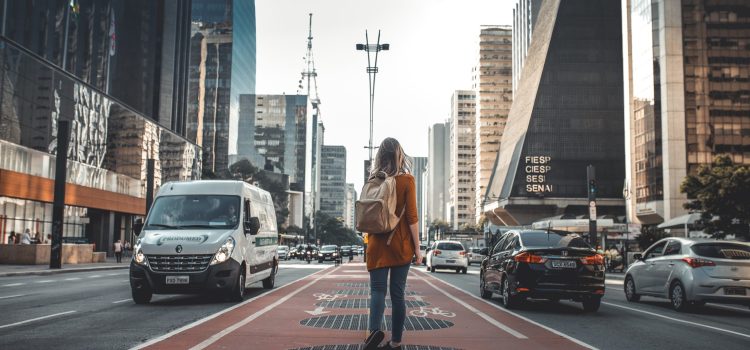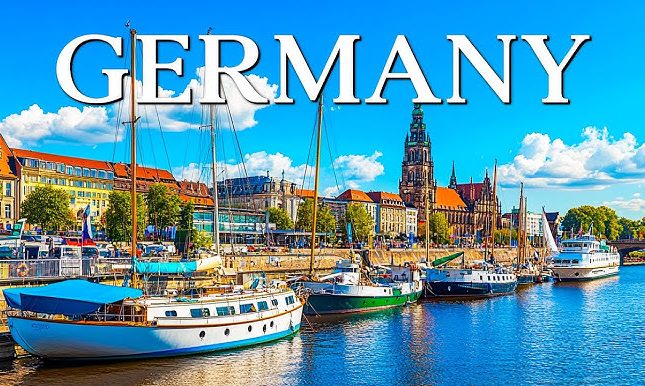
In the contemporary era, urbanization is accelerating at an unprecedented rate. As cities burgeon, the need to optimize urban mobility becomes paramount. Smart cities are emerging as a solution to the multifaceted challenges of urban travel, leveraging advanced technologies to enhance the efficiency, safety, and sustainability of transportation systems. This article delves into the myriad ways in which smart cities are revolutionizing travel, providing a professional and comprehensive analysis of this transformative trend.

Smart cities represent a paradigm shift in urban planning and management, integrating information and communication technologies (ICT) to create more efficient, livable, and sustainable urban environments. At the heart of this transformation is the enhancement of travel and mobility. By utilizing technologies such as the Internet of Things (IoT), artificial intelligence (AI), and big data analytics, smart cities are redefining how people move within urban landscapes.
Intelligent Transportation Systems (ITS)
One of the cornerstones of smart cities is the implementation of Intelligent Transportation Systems (ITS). ITS encompasses a wide range of applications designed to improve traffic management and transportation efficiency. These systems use real-time data to monitor and manage traffic flow, reduce congestion, and enhance safety.
Real-Time Traffic Management
Real-time traffic management systems use sensors, cameras, and connected devices to collect data on traffic conditions. This data is then analyzed to optimize traffic signals, reroute vehicles, and provide real-time updates to drivers. By dynamically adjusting to current conditions, these systems can significantly reduce traffic congestion and improve travel times.
Smart Traffic Signals
Smart traffic signals are an integral component of ITS. These signals use adaptive algorithms to adjust signal timings based on real-time traffic conditions. By prioritizing the flow of traffic in response to current demand, smart traffic signals can reduce waiting times at intersections and improve overall traffic flow.
Integrated Payment Systems
Integrated payment systems simplify the process of using public transportation. These systems allow passengers to use a single payment method, such as a smart card or mobile app, across multiple modes of transit. This convenience encourages the use of public transportation and reduces the complexity of fare payment.
Autonomous Public Transit
Autonomous vehicles are poised to revolutionize public transportation. Smart cities are experimenting with self-driving buses and shuttles that can operate on fixed routes or on-demand. These autonomous vehicles have the potential to reduce labor costs, improve service frequency, and enhance safety.
Sustainable Mobility Solutions
Sustainability is a key consideration in the development of smart cities. Enhancing travel in a sustainable manner involves reducing the environmental impact of transportation systems and promoting eco-friendly modes of travel.
Electric Vehicles (EVs)
Electric vehicles are a cornerstone of sustainable urban mobility. Smart cities are investing in EV infrastructure, including charging stations and incentives for EV adoption. By reducing reliance on fossil fuels, EVs contribute to lower greenhouse gas emissions and improved air quality.
Bike-Sharing Programs
Bike-sharing programs are gaining popularity in smart cities as a sustainable and convenient mode of travel. These programs provide residents with access to bicycles for short trips, reducing the need for car travel and promoting physical activity. Smart bike-sharing systems use GPS and mobile apps to track bike availability and usage, making the system more efficient and user-friendly.
Pedestrian-Friendly Infrastructure
Creating pedestrian-friendly infrastructure is another essential aspect of sustainable mobility. Smart cities are designing urban spaces that prioritize walking and cycling, with features such as wide sidewalks, dedicated bike lanes, and pedestrian-only zones. These measures encourage active transportation and reduce the reliance on motor vehicles.
Data-Driven Decision Making
The success of smart cities in enhancing travel relies heavily on data-driven decision making. By collecting and analyzing vast amounts of data, cities can make informed decisions that improve transportation systems and address emerging challenges.
Big Data Analytics
Big data analytics involves the processing and analysis of large datasets to uncover patterns and insights. In the context of urban mobility, big data analytics can be used to identify traffic congestion hotspots, predict travel demand, and optimize transportation networks.
Predictive Analytics
Predictive analytics uses historical data and machine learning algorithms to forecast future events. Smart cities use predictive analytics to anticipate traffic patterns, plan for infrastructure needs, and respond proactively to potential disruptions.

Citizen Engagement
Engaging citizens in the decision-making process is crucial for the success of smart city initiatives. Smart cities use digital platforms to gather feedback from residents, involve them in planning processes, and keep them informed about ongoing projects. This engagement fosters a sense of community ownership and ensures that transportation solutions align with the needs and preferences of the population.
Conclusion
Smart cities are at the forefront of enhancing travel, leveraging cutting-edge technologies to create more efficient, sustainable, and user-friendly transportation systems. Through the implementation of Intelligent Transportation Systems, enhancements in public transportation, sustainable mobility solutions, and data-driven decision making, smart cities are transforming urban mobility. As these innovations continue to evolve, the potential for further improvements in travel is immense, promising a future where urban transportation is seamless, sustainable, and accessible to all.
Meta Description
As these innovations continue to evolve, the potential for further improvements in travel is immense, promising a future where urban transportation is seamless, sustainable, and accessible to all.










